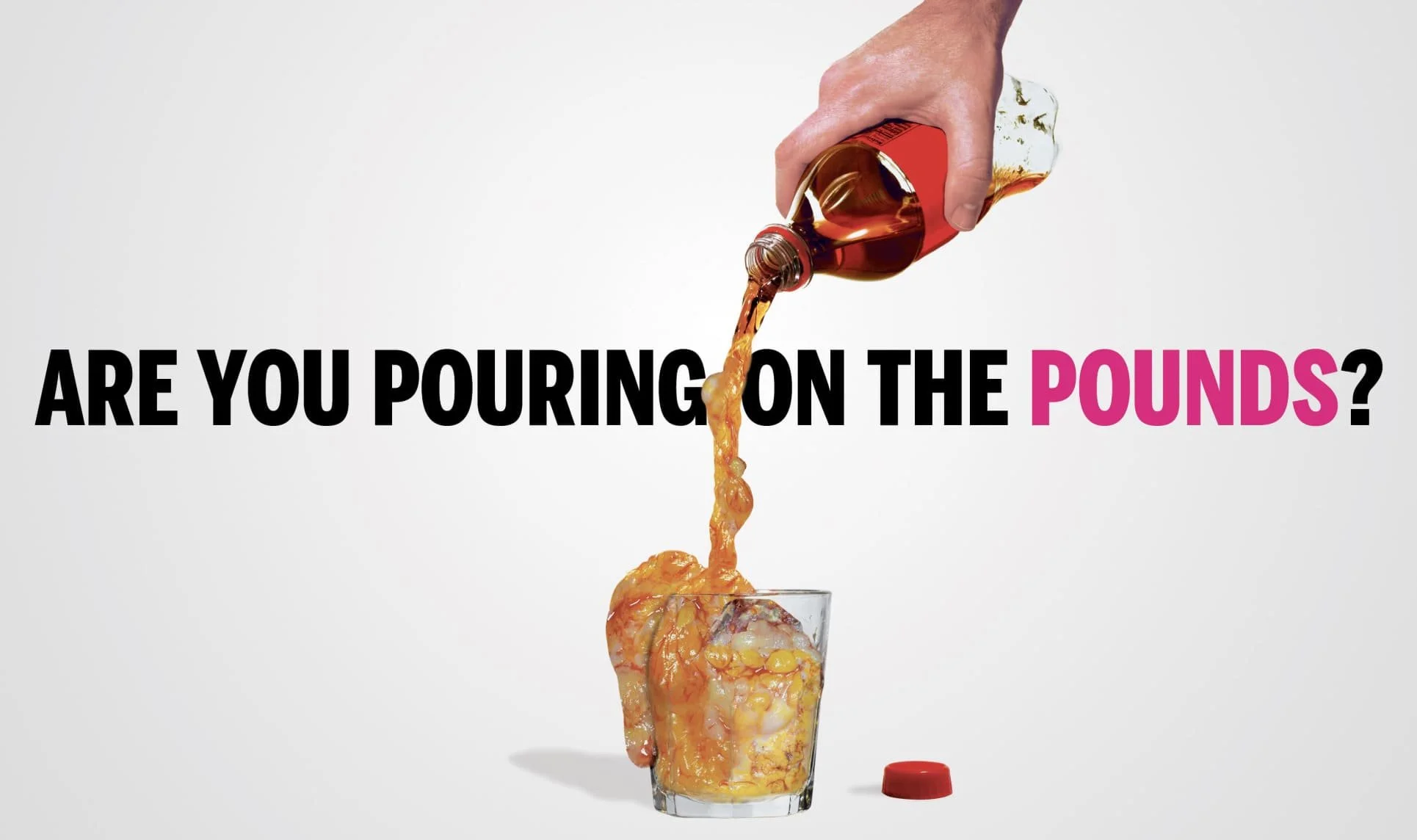What to Eat Before a Swim Meet: The Best Pre-Race Foods
/Choosing the right foods before a swim meet can make a big difference in your performance. Eating the best pre-race meals ensures you have the energy and stamina to swim strong. From slow-digesting carbohydrates to lean proteins, discover which foods to include in your diet to fuel your body efficiently. Proper pre-swim nutrition can help you feel your best in the water, so don't leave your meal plan to chance. Ready to dive in and learn more? Read the article.
Read More







